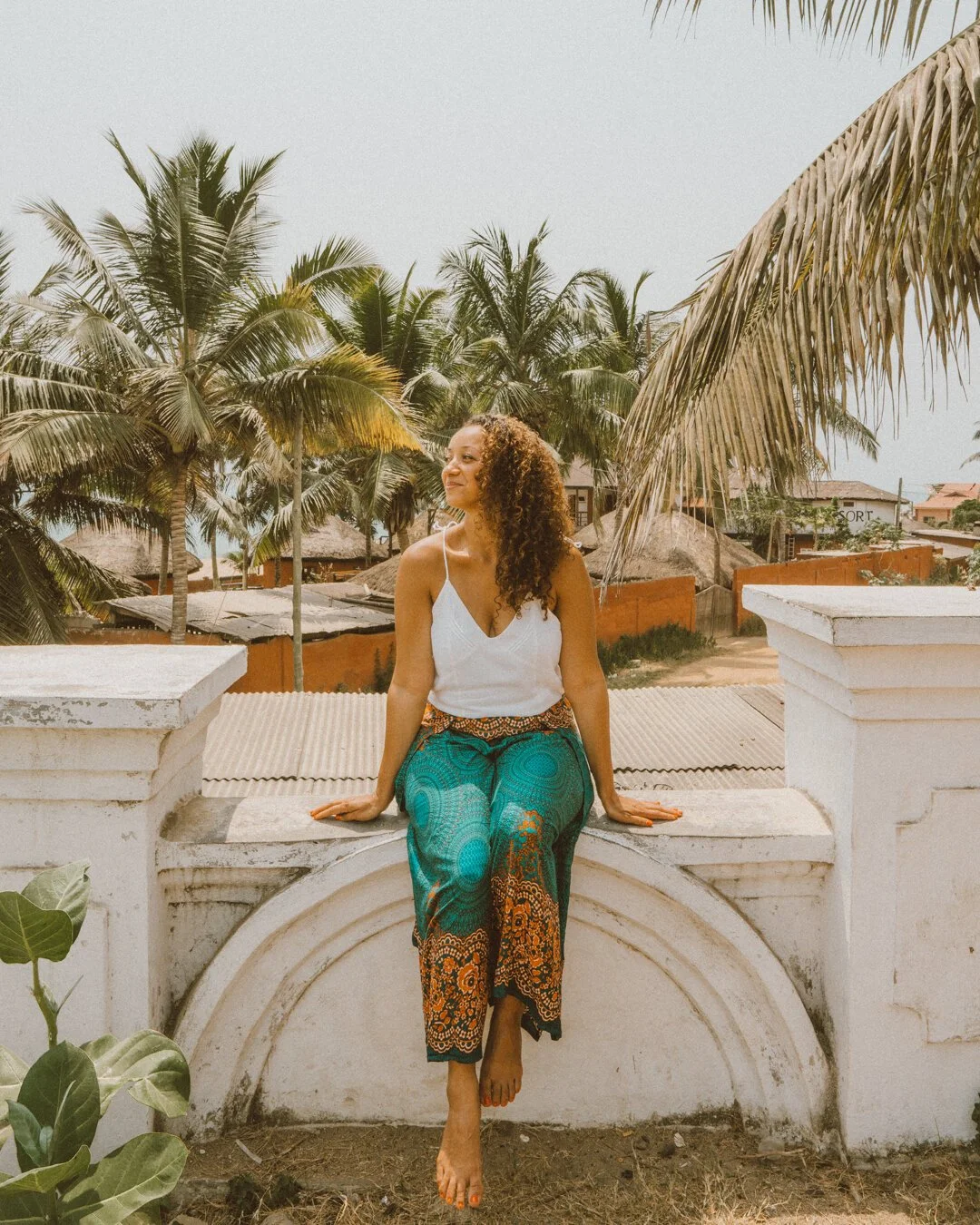A historical getaway to Cape Coast and Elmina
No visit to Ghana is complete without visiting Cape Coast and Elmina.
As the title of my blog post already indicates, it is a historical getaway and a must see in the Central Region of Ghana.
Cape Coast is known for its role in the transatlantic slave trade and although it can be an emotional experience visiting the slave castles is a must. The transatlantic slave trade is an important, yet devastating chapter in world history that should not be forgotten.
How to get there:
Cape Coast can be reached by car in about 3 hours. Frequent bus connections run daily from Circle and Kaneshie.
SAVE THIS ON PINTEREST TO READ IT LATER
Cape Coast
Where to stay?
The best hotel accommodation nearby when visiting Cape Coast is the Coconut Grove Hotel in Elmina. The best part about staying here is the beautiful beach which is kept neat and the complimentary breakfast with a wide choice of dishes. Furthermore the hotel offers a variety of rooms for different budget travellers.
WHAT TO DO
Explore the beach :
Enjoy the surroundings on the beach and don’t forget to enjoy the sound of the waves. As the beaches outside the capital of Accra are much cleaner, I never miss a lazy day at the beach.
Visit Kakum National Park :
Visiting one of Ghana’s most popular attractions in Cape Coast is a must.
The Kakum National Park is beautifully tucked away in a nature reserve and showcases an amazing walkway that offers spectacular scenery while exploring the famous suspension bridges.
The park is equipped with seven suspension bridges which form a 333-meter long canopy walkway. Surrounded by beautiful trees that are almost over 300 years old, it’s an experience you won’t forget
Take a guided tour of Cape Coast Castle :
Cape Coast Castle played a significant role in the slave trade. It was constructed by the Portuguese in 1555 and later taken over by the Swedish. After the fort was reconstructed the Dutch took over.
Cape Coast Castle was eventually conquered by the British in 1664 and mainly used as a slave trade Castle. It also served as the headquarters of the British governors.
Taking the guided tour can be a very difficult experience, especially when entering the slave dungeons where thousands of male and female slaves were chained and kept in horrifying conditions .Slaves were held in the castle before being shipped across the Atlantic and eventually sold.
Slaves were held in the castle before they were loaded onto ships and sold.
The so called ” Door of no Return” was the last stop before crossing the Atlantic Ocean, to never return again.
Travel Tip:IF YOU HAVE ENOUGH TIME YOU CAN ALSO VISIT ELMINA CASTLE, ANOTHER SLAVE CASTLE LOCATED IN THE TOWN OF ELMINA, WHICH IS ABOUT 20 MINUTES FROM CAPE COAST CASTLE.
Visit the Fishing Port :
After you have taken your guided tour don’t miss out on visiting the fishing port. Many locals in the coastal region of Ghana make their living on marine fishing. What is particularly interesting is to experience and see the beautiful traditional wooden canoe boats which are made out of tree trunks.
WHERE TO EAT
If you are not fussy about eating in local food joints or so called ”chop bars” you can’t miss trying the most delicious vegan and vegetarian place Cape Coast has to offer.
Emperors Ital Joint has delicious local food and is a dream for vegan and vegetarians visiting
TIP:MAKE SURE TO TRY THE DELICIOUS “KONTOMBRE” (WHICH IS A GHANAIAN LOCAL DISH MADE WITH SPINACH).
THE JUICES PREPARED ARE ALSO A MUST TRY, ESPECIALLY THE FRESH PINEAPPLE GINGER MIXTURE.
This is the second part of my Ghana mini series. If you have never been to Accra make sure to also check out my blog post about “Accra for Beginners “ which is a perfect guide for first timers.
Leave a comment if you have more questions about Cape Coast and stay tuned for part three.
























